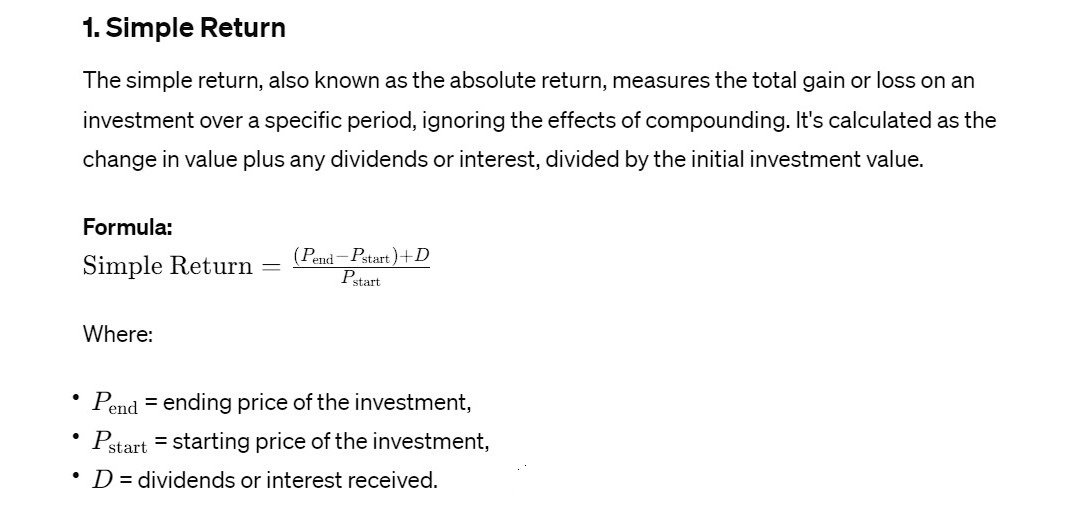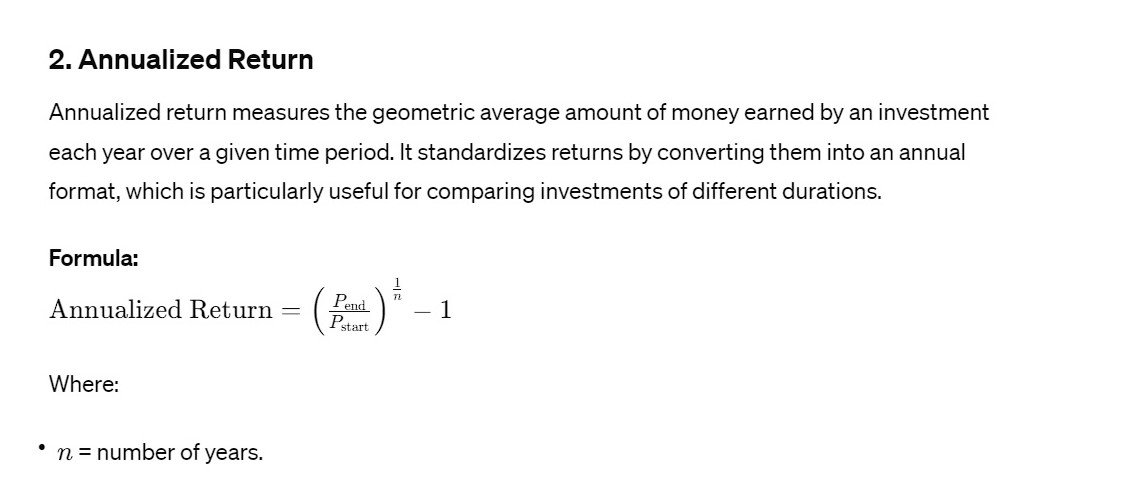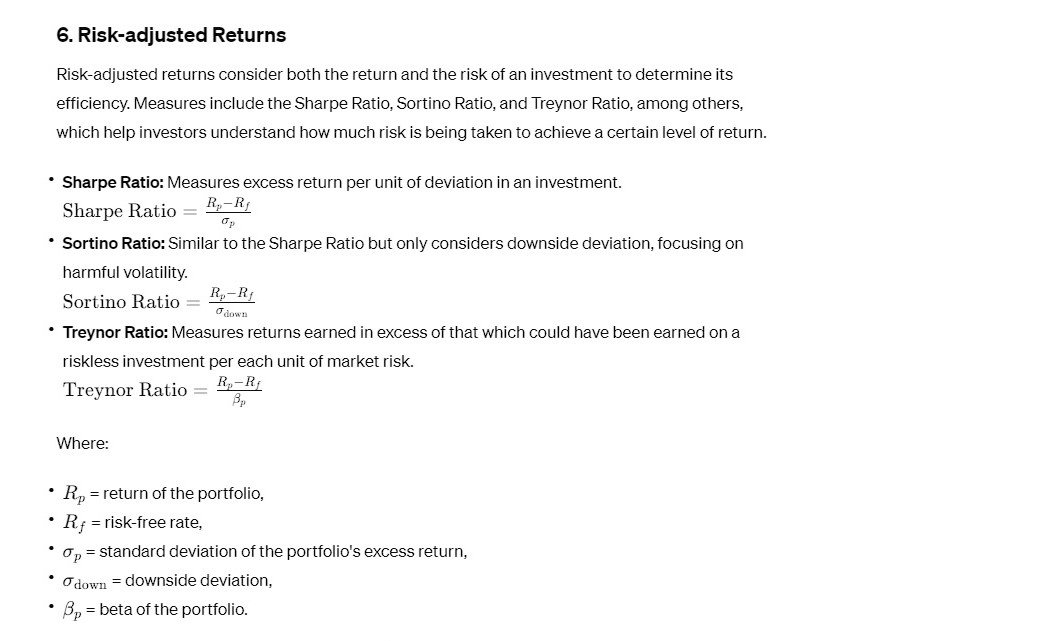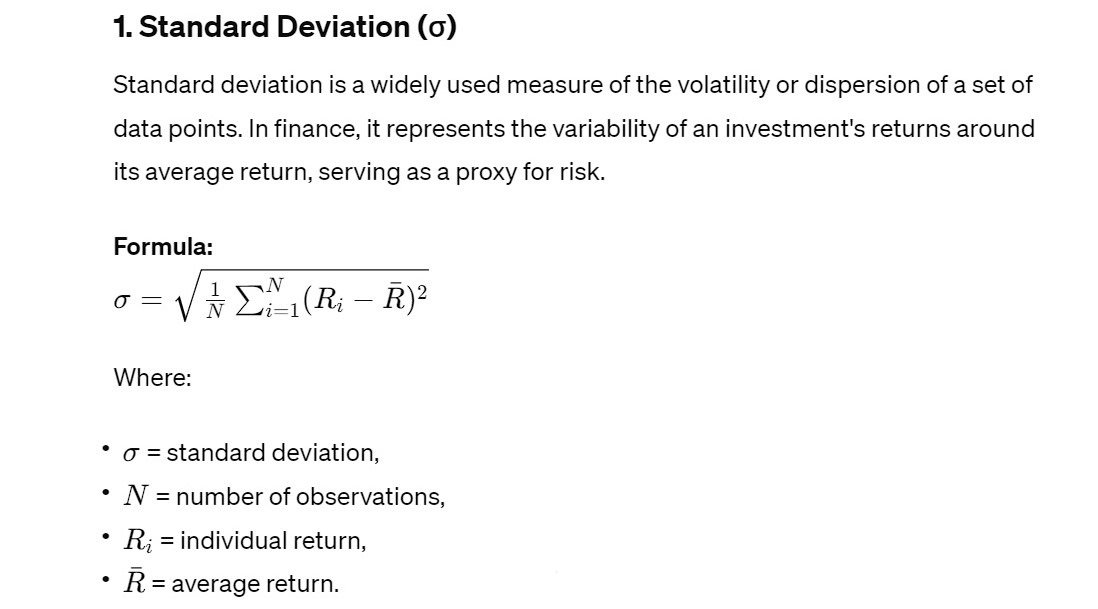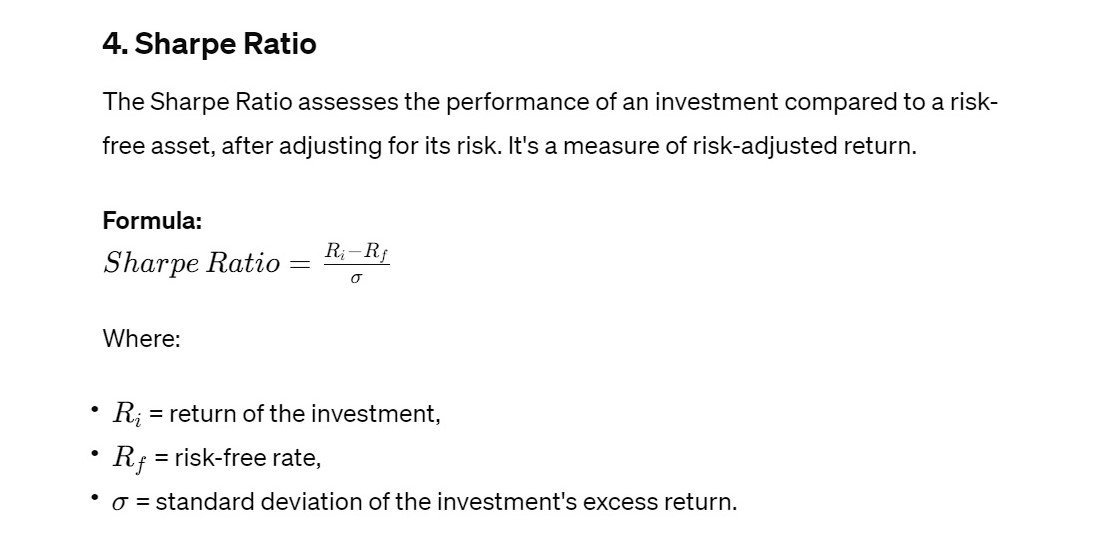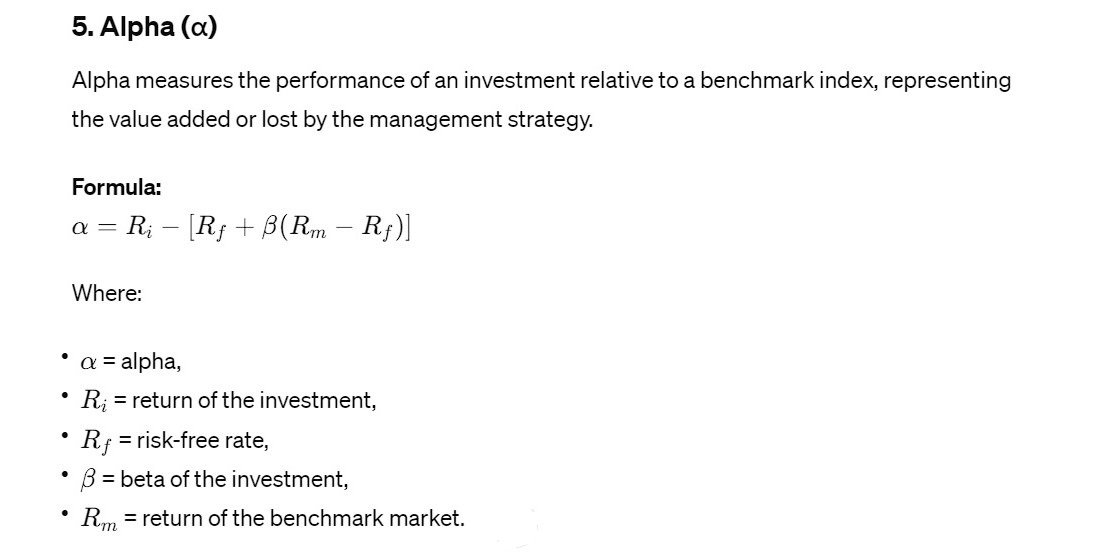Exchange-Traded Derivatives (ETDs) are standardized financial contracts traded on organized exchanges like NSE, BSE, or MCX. These derivatives include futures and options based on underlying assets such as stocks, indices, commodities, or currencies. ETDs are regulated by authorities like SEBI, ensuring transparency, reduced counterparty risk, and investor protection. Because they are standardized in terms of contract size, expiration, and settlement procedures, ETDs offer greater liquidity and price discovery. Clearing houses guarantee the settlement of trades, reducing the risk of default. These features make ETDs highly accessible and reliable for both hedgers and speculators in financial markets.
Features of an Exchange-Traded Derivatives:
Exchange-traded derivatives (ETDs) are highly standardized in terms of contract size, expiration date, tick size, and settlement procedures. This uniformity facilitates easy trading, pricing, and comparison across markets. Standardization ensures that all participants deal with the same terms, enhancing market efficiency and transparency. It also enables the exchange to manage risk better by clearly defining contract parameters. This feature is particularly attractive to investors seeking consistency and reliability when entering and exiting derivative positions on a regulated platform.
ETDs are traded on regulated exchanges such as NSE or BSE, under the supervision of regulatory bodies like SEBI in India. This ensures high levels of transparency, accountability, and investor protection. All trades are reported and recorded, providing complete visibility into market activity. This regulated environment builds confidence among retail and institutional investors alike, and minimizes the chances of market manipulation, insider trading, and unfair practices. Transparency also supports more accurate price discovery, which is essential for informed trading and investment decisions.
A key feature of exchange-traded derivatives is the elimination of counterparty risk through the use of a clearinghouse. The clearing corporation acts as the central counterparty for all transactions, guaranteeing the performance of both buyer and seller. This mechanism ensures that even if one party defaults, the other does not incur a loss. Margin requirements, daily mark-to-market settlement, and stringent risk controls by clearinghouses further secure the system. This makes ETDs far safer than Over-the-Counter (OTC) derivatives in terms of counterparty exposure.
ETDs are known for their high liquidity due to large participation from retail traders, institutional investors, and speculators. This liquidity ensures that positions can be opened or closed quickly without significantly affecting the market price. Higher liquidity also results in narrow bid-ask spreads, which reduces trading costs. Because of the consistent trading volume and market depth, exchange-traded derivatives are ideal for short-term trading strategies, arbitrage opportunities, and quick hedging adjustments, thereby enhancing overall market activity and investor engagement.
ETDs play a crucial role in price discovery by aggregating the expectations of various market participants about the future value of an asset. Since trades occur on a transparent platform with high volume, the prices reflect real-time market sentiment and information. This helps producers, consumers, traders, and investors make more informed decisions. Accurate price discovery is especially important in commodity and equity markets, where future planning depends heavily on anticipated prices. Thus, ETDs serve both as risk management tools and forecasting instruments.
Due to centralized clearing and the use of margin systems, ETDs are associated with very low credit risk. Clearinghouses ensure trade settlement and enforce daily mark-to-market adjustments, collecting margin payments to cover potential losses. This structure minimizes the risk of default and makes the trading environment more secure. For individual investors and institutions alike, the low credit risk associated with ETDs is a compelling advantage compared to more flexible but riskier OTC derivatives.
The standardized nature and high liquidity of ETDs enable easy entry and exit for traders. Orders can be placed instantly through brokers or online platforms, with real-time execution and confirmation. This is beneficial for short-term traders, hedgers, or institutional participants who need to adjust their positions quickly. In contrast to OTC contracts, which may involve lengthy negotiations, ETDs offer a more user-friendly experience. This simplicity is especially attractive to newer market participants who seek efficiency and accessibility.
ETDs usually involve lower transaction costs compared to OTC derivatives. Because of high liquidity, narrow bid-ask spreads, and competition among brokers, traders can execute orders with minimal cost. Also, exchanges benefit from economies of scale and pass on cost savings to participants. Moreover, the elimination of bilateral negotiations and legal arrangements further reduces overhead. Lower transaction costs make exchange-traded derivatives suitable for frequent trading and help improve net returns for both individual and institutional investors.
Over the Counter (OTC) Derivatives
Over-the-Counter (OTC) Derivatives are customized financial contracts traded directly between two parties, outside of formal exchanges. These derivatives include forwards, swaps, and bespoke options tailored to specific needs of institutions or investors. Unlike exchange-traded derivatives, OTC contracts are not standardized, and they carry a higher counterparty risk due to the absence of a clearinghouse. However, they offer greater flexibility in terms of contract size, duration, and underlying asset. OTC derivatives are commonly used by financial institutions and large corporations for hedging complex financial exposures, such as interest rate fluctuations or currency risk, making them vital to global financial markets.
Features of an Over the Counter (OTC) Derivatives:
Over-the-Counter (OTC) derivatives are highly customizable, which means they are tailored to meet the specific needs of the parties involved. Unlike exchange-traded derivatives, OTC contracts can be adjusted in terms of contract size, expiration date, and underlying assets. This flexibility makes OTC derivatives particularly useful for large institutions or sophisticated investors who require specific hedging solutions or wish to structure complex transactions. Customization provides better alignment with the investor’s risk profile and financial objectives, enhancing the efficiency of the hedging strategy or speculative position.
OTC derivatives involve significant counterparty risk because they are traded directly between two parties without an intermediary, such as a clearinghouse. If one party defaults, the other may incur financial losses. This risk is higher in OTC markets compared to exchange-traded derivatives, where clearinghouses guarantee trade settlement. To mitigate counterparty risk in OTC contracts, parties typically engage in credit checks and negotiate collateral arrangements. However, the risk still exists, making it essential for participants to carefully assess the financial stability of their counterparties before entering into OTC transactions.
OTC derivatives lack the standardization seen in exchange-traded derivatives. Contracts are tailored to the needs of the parties involved, which means they can vary in terms of contract size, maturity, and terms. While this customization allows for greater flexibility, it also increases the complexity of the transactions. Unlike exchange-traded derivatives, where the terms are predetermined and widely understood, OTC contracts require thorough negotiation and documentation. The absence of standardization can create challenges in pricing, comparison, and liquidity, making OTC derivatives more suited for experienced participants.
The liquidity of OTC derivatives is generally lower compared to exchange-traded derivatives, as these contracts are negotiated privately between two parties. The lack of a central exchange means there is no continuous price discovery mechanism, and the market may be more fragmented. As a result, entering or exiting positions in OTC markets can be more difficult, particularly for less liquid products. Liquidity risks are higher in OTC markets, especially for bespoke contracts, which may not have readily available buyers or sellers, leading to higher transaction costs and price fluctuations.
OTC derivatives are subject to less regulatory oversight compared to exchange-traded derivatives. While regulatory bodies like SEBI in India or the CFTC in the U.S. have begun to impose stricter regulations on the OTC markets following the 2008 financial crisis, the regulatory framework remains less comprehensive. This lack of standard regulation increases the risk of market abuse, lack of transparency, and systemic risks. However, over the years, regulations such as mandatory reporting and clearing requirements have been introduced to improve oversight and reduce the risk associated with OTC derivatives.
OTC derivatives offer flexibility in settlement terms, which can be customized according to the parties’ requirements. Settlement can be structured in a variety of ways, including physical settlement, where the underlying asset is delivered, or cash settlement, where the net difference between the contract price and market price is paid. The ability to adjust settlement terms based on the specific needs of the parties involved is one of the primary advantages of OTC derivatives. This flexibility helps institutions align their derivative positions with broader business or financial strategies.
Pricing OTC derivatives can be more complex than exchange-traded derivatives because these contracts do not have standardized terms. Since OTC contracts are bespoke, they require in-depth analysis to determine their value. Unlike exchange-traded derivatives, where market prices are readily available due to standardization, OTC derivatives are often privately negotiated, meaning their prices depend on a variety of factors, including market conditions, the creditworthiness of the counterparties, and the specific terms of the contract. This pricing complexity can make OTC derivatives harder to value and manage, especially for less experienced participants.
OTC derivatives encompass a wide range of products that are not typically available on exchanges. These include forwards, swaps, and bespoke options, as well as more complex structures like credit default swaps and interest rate swaps. This diversity allows financial institutions to tailor products to meet specific hedging or speculative needs. For example, corporations can use OTC derivatives to hedge foreign exchange risk, interest rate movements, or commodity price fluctuations. The ability to structure a variety of products according to individual requirements makes OTC derivatives indispensable for many large financial institutions and multinational corporations.
Key differences between Exchange-Traded Derivatives and OTC Derivatives
| Aspect |
Exchange-Traded Derivatives (ETDs) |
Over-the-Counter (OTC) Derivatives |
| Standardization |
High |
Low |
| Liquidity |
High |
Low |
| Counterparty Risk |
Low (clearinghouse) |
High (direct counterparties) |
| Regulation |
High (regulated exchanges) |
Low (fewer regulations) |
| Transparency |
High (publicly traded) |
Low (private deals) |
| Customization |
Low (standard contracts) |
High (bespoke contracts) |
| Pricing |
Transparent (market-based) |
Complex (negotiated) |
| Settlement |
Standardized (clearinghouse) |
Flexible (negotiated terms) |
| Market Access |
Open to all (retail & institutional) |
Primarily institutional |
| Regulatory Oversight |
Stringent (government bodies) |
Limited (fewer regulatory controls) |
| Risk Management |
Standardized risk controls |
Negotiated risk management strategies |
| Market Participants |
Broad (multiple participants) |
Limited (customized for specific needs) |
| Transaction Costs |
Low (due to liquidity) |
High (due to complexity and customization) |
Like this:
Like Loading...
